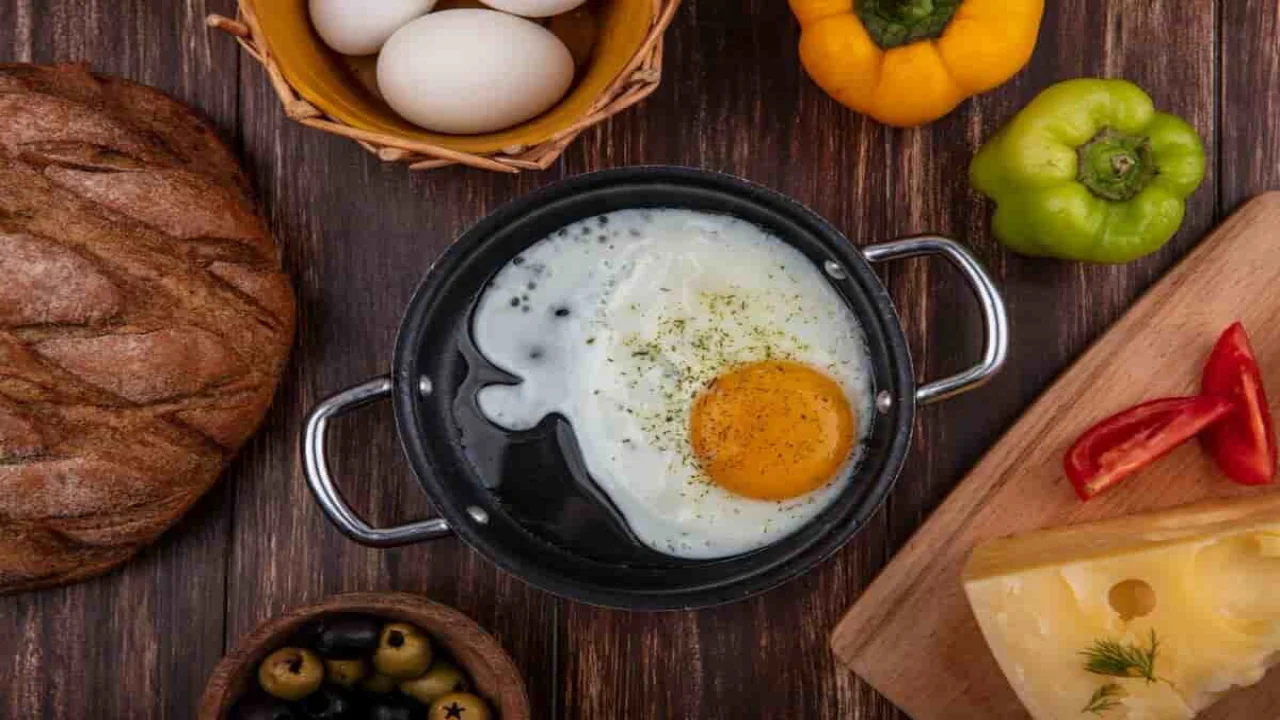How to Poach an Egg: Easy Methods for Perfect Poached Eggs
How to poach an egg with simple, foolproof methods including traditional, microwave, and egg poacher techniques. Quick tips, and a poached egg recipe to elevate your breakfast.

Poaching an egg might sound fancy, but it’s actually a super simple way to cook a delicious, soft egg, perfect for toast, salads, or even just by itself. Whether you’re trying to eat healthier or impress someone with brunch, learning how to poach an egg is a skill worth having.
So, What Is a Poached Egg?
It’s just an egg that’s been gently cooked in simmering water, no shell, no oil. The result? A tender white surrounding a runny, golden yolk. Think of it like a soft-boiled egg without the mess of peeling the shell.
Why Bother Poaching?
Aside from looking kinda gourmet, poached eggs are great because they’re cooked without butter or oil. That means fewer calories, less fat, and a pure eggy taste. They’re also surprisingly versatile. Slide one onto a piece of toast with avocado or stack it on a bowl of greens, either way, it instantly upgrades your meal.
Tips for Getting It Right
Here are a few things I’ve learned after many (many) attempts:
- Fresh eggs are best: Older eggs tend to spread out and make a mess in the water.
- A little vinegar helps: It’s not mandatory, but it does help the white hold its shape.
- Don’t boil the water: Keep it at a gentle simmer-bubbling water will tear the egg apart.
- Use a whirlpool: Swirling the water helps the white wrap around the yolk neatly.
- Set a timer: Around 3-4 minutes usually gets you a soft yolk. Go longer for firmer centers.
Classic Stove-Top Method
This is the go-to method for most people (and chefs). It takes a bit of finesse, but once you get the hang of it, it’s a breeze:
- Fill a medium saucepan with water, add a splash of vinegar, and bring it to a gentle simmer.
- Crack your egg into a small cup or ramekin first (way easier than cracking it right into the pot).
- Stir the water to create a mini whirlpool, then carefully pour the egg into the center.
- Let it cook for 3-4 minutes, or until the white is set but the yolk still jiggles.
- Use a slotted spoon to lift the egg out, then let it drain on a paper towel before serving.
Tip: You can crack the egg into a fine mesh strainer first to get rid of the watery whites. This helps make a cleaner poached egg.
Microwave Shortcut
If you’re in a rush (or don’t feel like dirtying a pot), this trick works surprisingly well:
- Grab a microwave-safe mug or bowl, fill it with water, and add a splash of vinegar.
- Crack in your egg and gently nudge it under the water.
- Microwave on high for about 1 minute. If it still looks undercooked, go in 10-second bursts.
- Scoop it out with a spoon and drain before serving.
Note: Microwaves vary a lot. Start slow, you don’t want an egg explosion on your hands!
Plastic Wrap Method (for Neat Freaks)
This one feels weird the first time but works like a charm if you’re aiming for a perfectly shaped egg:
- Line a small cup with plastic wrap and rub a little oil inside.
- Crack your egg in, twist the wrap into a pouch, and tie it off.
- Drop the pouch into simmering water and cook for about 3 minutes.
- Snip it open, and you’ve got a tidy little poached egg.
Bonus tip: Sprinkle in salt, pepper, or herbs before tying the pouch for extra flavor.
Using an Egg Poacher (Gadget Lovers Rejoice)
If you have a silicone egg poacher like the Lekue brand, it couldn’t be easier:
- Place the poacher in a pan of simmering water.
- Crack an egg inside, close the lid (if it has one), and let it cook for about 3 minutes.
- Lift it out and serve. That’s it!
Which Method is Best?
| Method | Effort | Best For |
|---|---|---|
| Classic Simmer | Moderate | Best texture & control |
| Microwave | Easy | Busy mornings |
| Plastic Wrap | Moderate | Neat results |
| Egg Poacher | Super easy | Hands-off cooking |
Health Perks of Poached Eggs
Not only are poached eggs tasty, they’re a great healthy option:
- Low in calories: No butter or oil needed.
- High in protein: Great for keeping you full longer.
- Loaded with nutrients: Especially B vitamins, vitamin D, and choline.
- Heart-friendly: Compared to frying, they have way less fat.
FAQs
How do I know when a poached egg is done?
Can I poach more than one egg at once?
Is vinegar really necessary to poach an egg?
Cite this page:
- Posted by Bhawna Jadav